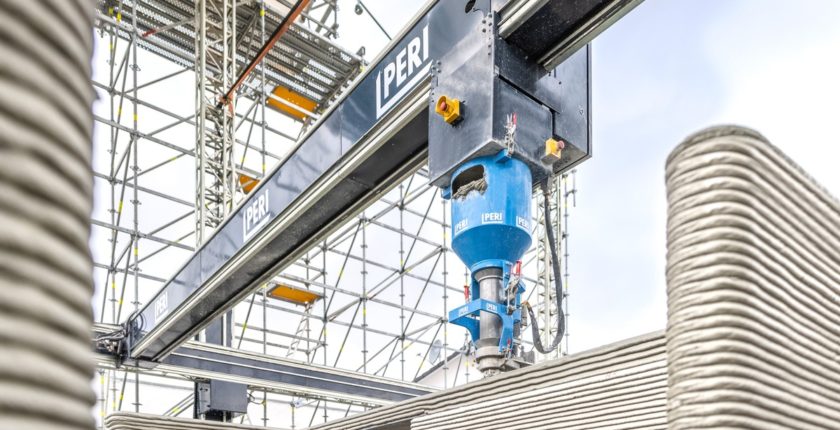Building the Future: Exploring 3D Printing in Construction
3D printing, also known as additive manufacturing, has the potential to revolutionize the construction industry by changing the way we design, build, and maintain structures. It is a rapidly emerging technology that has gained traction in various industries, including aerospace, automotive, healthcare, and consumer goods. In recent years, 3D printing has also been making significant strides in construction, offering unique benefits and opportunities for the future of the industry.
So, how does 3D printing work in construction? Instead of traditional construction methods that involve cutting, shaping, and assembling materials on-site, 3D printing allows for the creation of complex geometries by layering materials on top of each other, typically using specialized printers. These printers use a variety of materials, including concrete, polymers, and metals, to create structural components or entire building elements.
One of the key advantages of 3D printing in construction is its ability to optimize material usage, reduce waste, and increase construction speed. Traditional construction methods often generate a significant amount of waste due to cutting and shaping materials to fit specific designs. With 3D printing, the exact amount of material needed can be precisely calculated and used, resulting in minimal waste. This not only reduces material costs but also has positive environmental implications.
Moreover, 3D printing in construction has the potential to reduce labor costs and improve worker safety. Traditional construction can be labor-intensive and hazardous, involving heavy lifting, repetitive tasks, and exposure to various risks. With 3D printing, the need for manual labor can be reduced, as the printing process is automated and controlled by computer systems. This can result in increased safety for construction workers and reduced labor costs for construction projects.
3D printing in construction also offers the possibility of on-site or near-site production, reducing transportation costs and logistical challenges associated with the delivery of construction materials to remote or hard-to-reach locations. This can be particularly beneficial for infrastructure projects in remote areas or disaster-stricken regions, where access to construction materials may be limited or costly.
In conclusion, 3D printing has the potential to revolutionize the construction industry by offering benefits such as optimized material usage, reduced waste, increased design flexibility, improved worker safety, and the possibility of on-site production. While there are challenges that need to be overcome, the continued advancement of 3D printing technology and its integration into construction processes hold significant promise for the future of the industry. As further research, development, and standardization efforts continue, 3D printing in construction is likely to play an increasingly significant role in shaping the future of how we design, build, and maintain structures.

